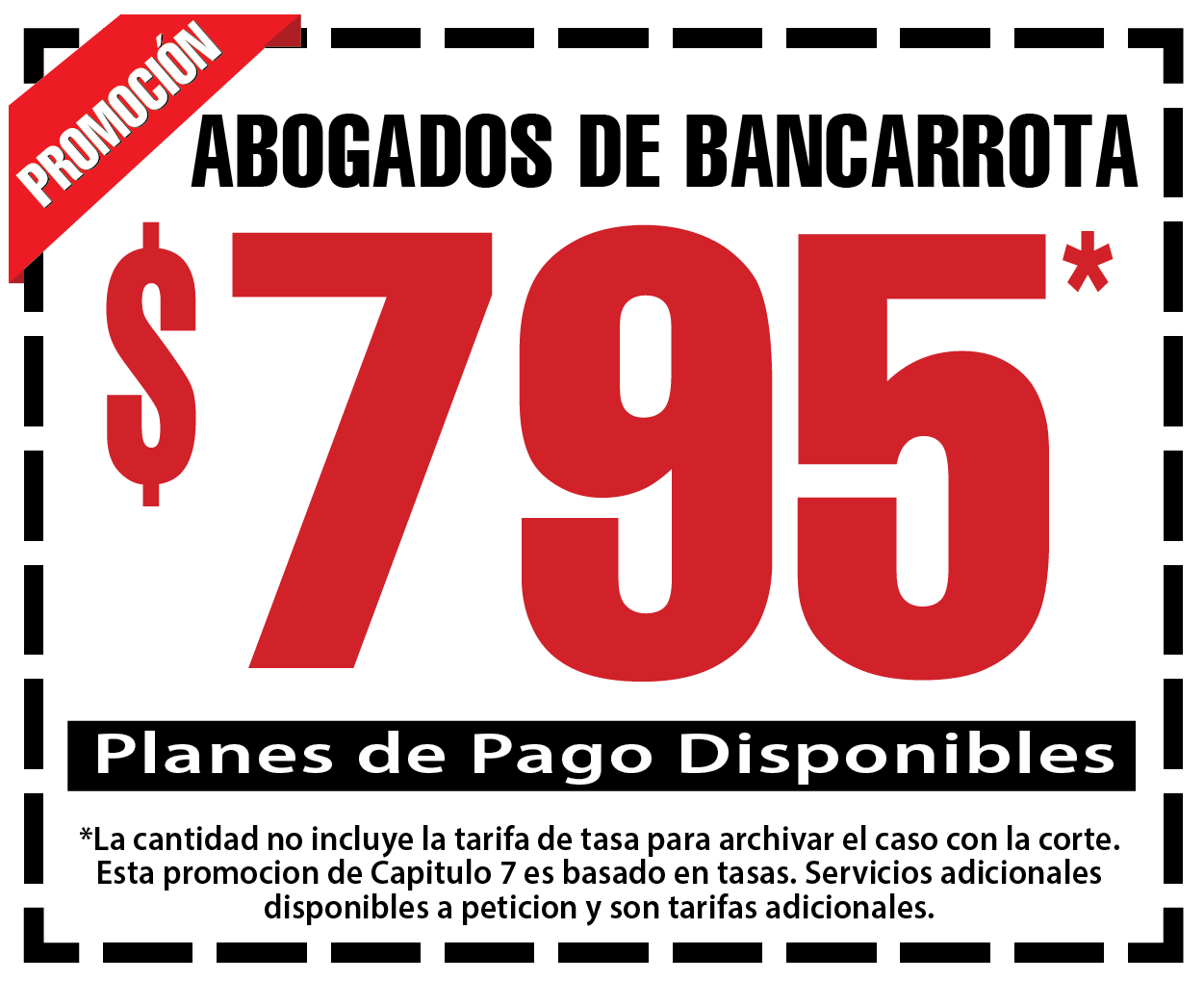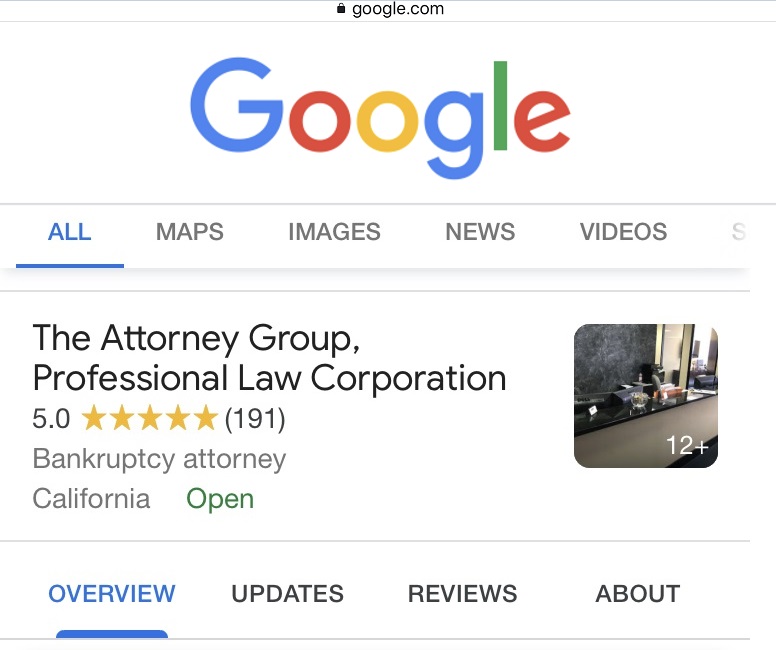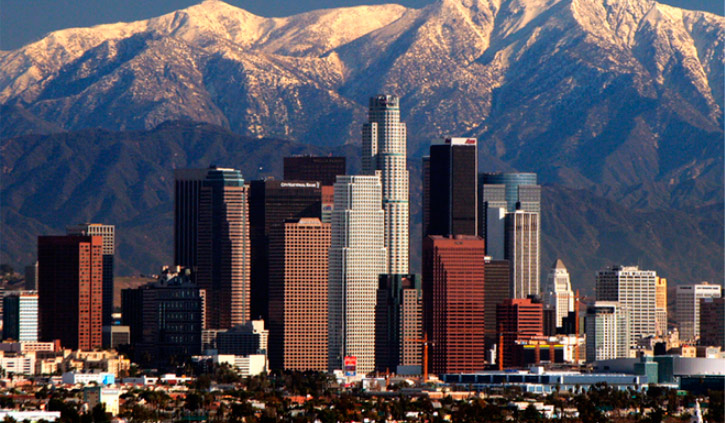About Wildomar
Wildomar is a city in Riverside County, California, United States. It was incorporated on July 1, 2008. The city is located in a fast-growing area. As of the 2010 census, the population of Wildomar was 32,176, an increase from 14,064 at the 2000 census, when the community was still an unincorporated census-designated place.
In the summer of 1880 when, looking down from the peak of Mt. Baldy, Franklin Heald of Pasadena first noticed Lake Elsinore, then known as La Laguna. A few months later, in October, Mr. Frank Kimbal of San Diego signed an agreement with theAtchison, Topeka, and Santa Fe Railroad to build a rail line past the lake from San Diego to Barstow, then known as Waterman.
The next winter, Heald traveled by buggy to see La Laguna (Lake Elsinore) at the same time work commenced on the rail line from San Diego skirting the lakeshore. The new line was to be known as the California Southern Railroad. Rails and spikes were brought from Antwerp, Belgium and locomotives came from the Eastern Seaboard. The line was completed as far as Colton, California on August 14, 1882. The new train service was destined to bring development to the Wildomar area, then known as just Rancho La Laguna.
Heald found that the Rancho La Laguna could be purchased, with the exception of some 500 acres (2.0 km2) owned by the Machado family, from the London and San Francisco Bank for $24,000. On July 3, 1883, Heald paid one thousand dollars as a down payment on the area. He then brought in William Collier and Donald Graham as partners. On September 24 of that year, the three men purchased the 12,832 acres (51.93 km2) of Rancho La Laguna with an additional payment of $7,000 advanced by William Collier. The remaining debt was paid off shortly thereafter.
The railroad placed a box car, known as “Car B,” off to the north-west side of the mainline near what is now Clinton Keith Road on January 1, 1884. For a number of years this served as the railroad depot for the area that was to become Wildomar.
Heavy rains in the winter of 1884 left as much as 60 inches (1,500 mm) washing out the railroad tracks below Temecula as well as along the San Jacinto River and Railroad Canyon near the shore of Lake Elsinore. Flood damage broke the California Southern Railroad financially. The Santa Fe Railroad came to the rescue. Santa Fe took over the rail line and rebuilt it by the beginning of 1885. The rail line through Wildomar became the Atchinson, Topeka and Santa Fe Railroad.
In January 1885, Collier, Graham, and Heald made a map of Blocks K, L and M of the Elsinore Area, recording the maps with San Diego County in October of that year. In February 1885, Collier and Graham purchased Franklin Heald’s one-third interest in the 2,600 acres (11 km2) of unsold land south-east of Corydon Road. Heald took full interest in the unsold land to the north west of the Corydon Road line. Collier and Graham made a map of the Wildomar townsite in December 1885, recording it with San Diego County the following November 20. The name “Wildomar” was derived by combining the names of the new town’s founders, "WIL" for William Collier, "DO" for Donald Graham, and "MAR" for Margaret Collier Graham, wife of Donald Graham and sister of William Collier.
more ...





















